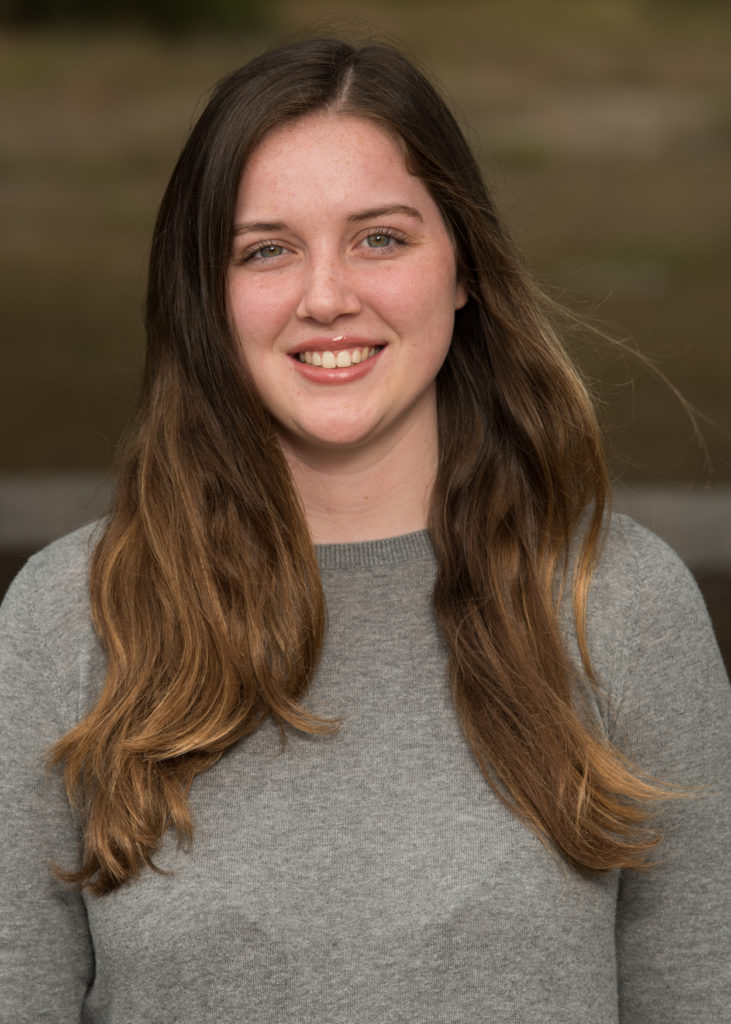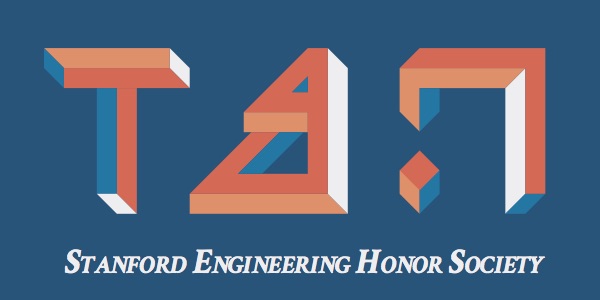By Alea Delmastro, Senior, Chemical Engineering
I am a senior, majoring in Chemical Engineering and minoring in Modern Languages (Italian and French). I am also a co-terminal student in Biomedical Informatics. Apart from academics, I love to figure skate, paint, and cook.

Why did you choose to be an engineer?
My high school chemistry teacher was a strong role model for me as she helped to shape my academic and life goals. Her mentorship, along with my aptitude and passion for science, led me to pursue chemical engineering as a major at Stanford.
My personal experiences while living abroad impressed upon me the importance of global health. When I was a young child, living and traveling extensively in Europe, the Continent suffered from an outbreak of the avian flu. I was fearful of the potential ramifications, and at the same time fascinated by the notion of viral transmission.
During my chemical engineering program at Stanford, I gravitated toward biomedical courses, specifically those that would allow me to focus on research in infectious diseases. As a freshman at Stanford, my curiosity for global health led me to enroll in BIOE 122: Biosecurity and Bioterrorism Response. The course invited as guest speakers eminent scientists, innovators and physicians in the field, and leaders of relevant technology companies. The course highlighted the impact of potential pathological outbreaks, whether natural, accidental, or intentional. One of the speakers, Michael Hompeier, brought an engineering perspective to the management of infectious disease disasters. He presented a systems and data-driven approach to disaster preparedness and management of response. Additionally, another speaker, Dr. George Anderson, discussed the implementation challenges of existing and new strategies as well as current computational methods in approaching these strategies.
I was fascinated by not only how this field focuses on the improvement of global health and drug/vaccine development, but also how scientists can utilize strategic computing to prevent epidemics. My realization of the devastating effects of a pathological outbreak and the importance of disaster preparedness is what motivated me to pursue a career in the field of biosecurity. Today, as we deal with the wide-scale effects of the novel coronavirus, my career path has become very real.
In November 2018 I joined the Angelo Lab in Stanford’s Pathology department, where I worked during my junior and senior years as the only undergraduate research scholar. As part of the Stanford Bio-X Undergraduate Summer Research Program, my work in the Angelo Lab allowed me to develop skills in using multiplexed ion beam imaging (MIBI) and computational methods for single cell analyses in order to analyze tissue samples from tuberculosis (TB) -infected non-human primates (NHP). The goal of my research is to lay the foundation for novel vaccine platforms and host-directed immunotherapies against TB.
My experiences at the Angelo Laboratory helped me to expand beyond the classroom at Stanford and to more fully envision a career in biosecurity-related research. The retreat and ski weekend were a lot of fun too. Most importantly, I’ve had a terrific mentor who’s taught me so much, and her guidance and friendship has been invaluable to me. Collectively, my Stanford experiences as a chemical engineering undergrad, BioX scholar, and researcher in the Angelo Laboratory have helped shape my next steps as I pursue a PhD program in Immunology.
